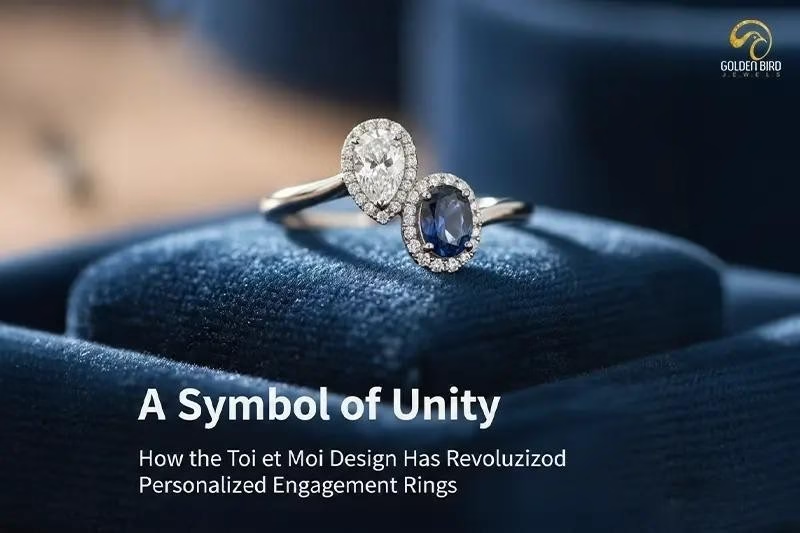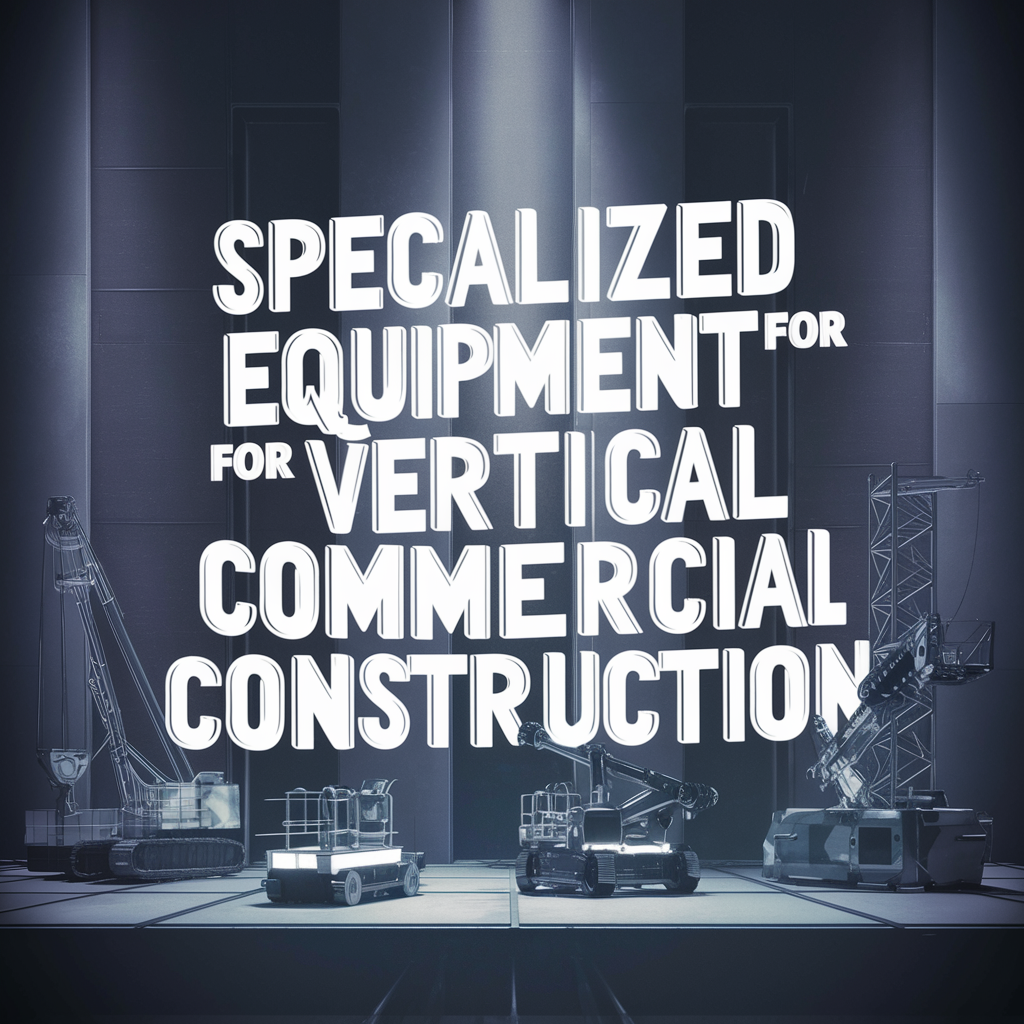Table of Contents
- Introduction to Invisalign
- How Invisalign Works
- Key Benefits of Invisalign
- Who is a Good Candidate?
- Comparing Invisalign to Traditional Braces
- Addressing Common Concerns
- Conclusion
Introduction to Invisalign
In a world increasingly focused on aesthetics and convenience, clear aligners, particularly Invisalign, have emerged as revolutionary in orthodontic care. This innovative approach to teeth straightening offers an almost invisible method to correct dental issues, making it a favored choice among those who desire a perfect smile without the hassle and appearance of traditional metal braces.
This trend is backed by dental professionals, as indicated by feedback from reputable sources who praise Invisalign for its effectiveness and minimal aesthetic impact. As flexible and patient-friendly solutions become increasingly popular, Invisalign continues to gain popularity worldwide.
How Invisalign Works
The Invisalign process, led by the experts at Advanced Smiles Marion, focuses on accurate digital imaging and personalized treatment planning. Patients begin with a detailed consultation, during which 3D scans of their teeth are taken. This cutting-edge technology allows the orthodontists to precisely map the journey from the current alignment to the desired result.
Following the consultation, a set of personalized, transparent aligners is produced. Each aligner is meticulously crafted to conform to the patient’s dental structure, exerting precise pressure to facilitate the gradual movement of specific teeth. The aligners are generally replaced every two weeks to accommodate teeth shifting. Dental practitioners closely observe the progress during the treatment to guarantee optimal outcomes.
Key Benefits of Invisalign
The allure of Invisalign is multifaceted. Foremost is its virtually invisible appearance, which allows adults and teenagers to undergo orthodontic treatment discreetly. This is particularly beneficial in professional and social settings where confidence plays a pivotal role.
Another profound advantage is the comfort the aligners’ smooth plastic design offers. Unlike metal braces, which can cause significant irritation or discomfort due to protruding wires and brackets, Invisalign’s aligners eliminate these concerns. Moreover, since these aligners are removable, maintaining oral hygiene is straightforward, reducing the risk of cavities and gum disease. A Healthline study highlights research showing a significant decrease in plaque buildup among Invisalign users compared to individuals with traditional braces, offering reassurance that your treatment will be comfortable and easy to manage.
Who is a Good Candidate?
Invisalign is suited to individuals with various dental alignment issues, such as minor to moderate crowding, gaps, and some forms of bite irregularities. Its flexibility and convenience make it an excellent option for patients who have previously worn braces and need minor corrections.
However, traditional braces may be more practical for those with severe dental problems. Thus, prospective users must undergo a detailed consultation with an experienced orthodontist to establish the suitability of Invisalign for their particular case.
Comparing Invisalign to Traditional Braces
When evaluating Invisalign against traditional braces, several key distinctions often surface. Among them is the stark difference in the appearance of these two methods. While Invisalign offers a transparent and unobtrusive solution, traditional braces are more noticeable. However, they have been the go-to solution for decades due to their effectiveness in treating more severe orthodontic concerns.
- Appearance: Invisalign’s transparency offers a significant advantage for those conscious of aesthetics during treatment.
- Comfort: Made of smooth plastic, Invisalign aligners are less likely to cause oral injuries than traditional braces’ metal brackets.
- Treatment Duration: Depending on individual cases, both treatments can have similar durations; however, compliance with wearing clear aligners as directed is vital for timely results.
Ultimately, deciding between these options should involve thoroughly considering one’s orthodontic needs and lifestyle.
Addressing Common Concerns
Common questions about Invisalign often revolve around the effectiveness of the treatment and the comfort level experienced by users. Generally, wearers report that Invisalign is exceptionally effective in achieving the intended results, provided the aligners are used correctly. Another concern frequently mentioned is the potential for discomfort. Some users may experience mild discomfort as teeth begin to align, similar to traditional braces, but it typically fades as the teeth adjust. Additionally, the financial aspect of Invisalign is often pondered. While these aligners usually fall into a more premium category, with costs ranging from [specific cost range], many users find the nearly invisible treatment and comfort well worth the expense, contributing to long-term dental health benefits and enhanced self-esteem.
Conclusion
In summary, Invisalign provides a compelling solution to modern orthodontic care. Its aesthetic appeal, ease of use, and effectiveness make it a popular choice. Those interested should work with their dental professional to evaluate whether Invisalign suits their dental goals, enabling them to embark on a healthier and more radiant smile.





